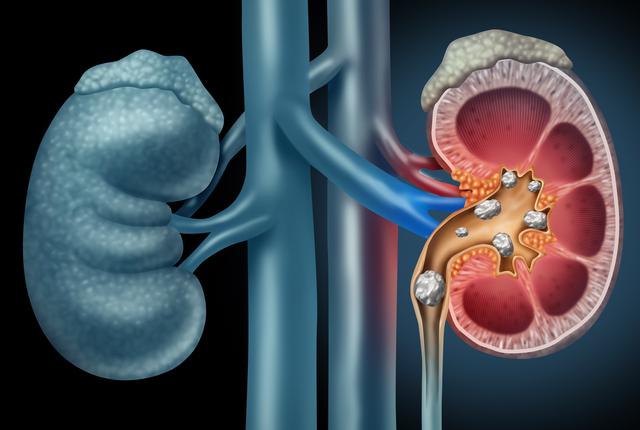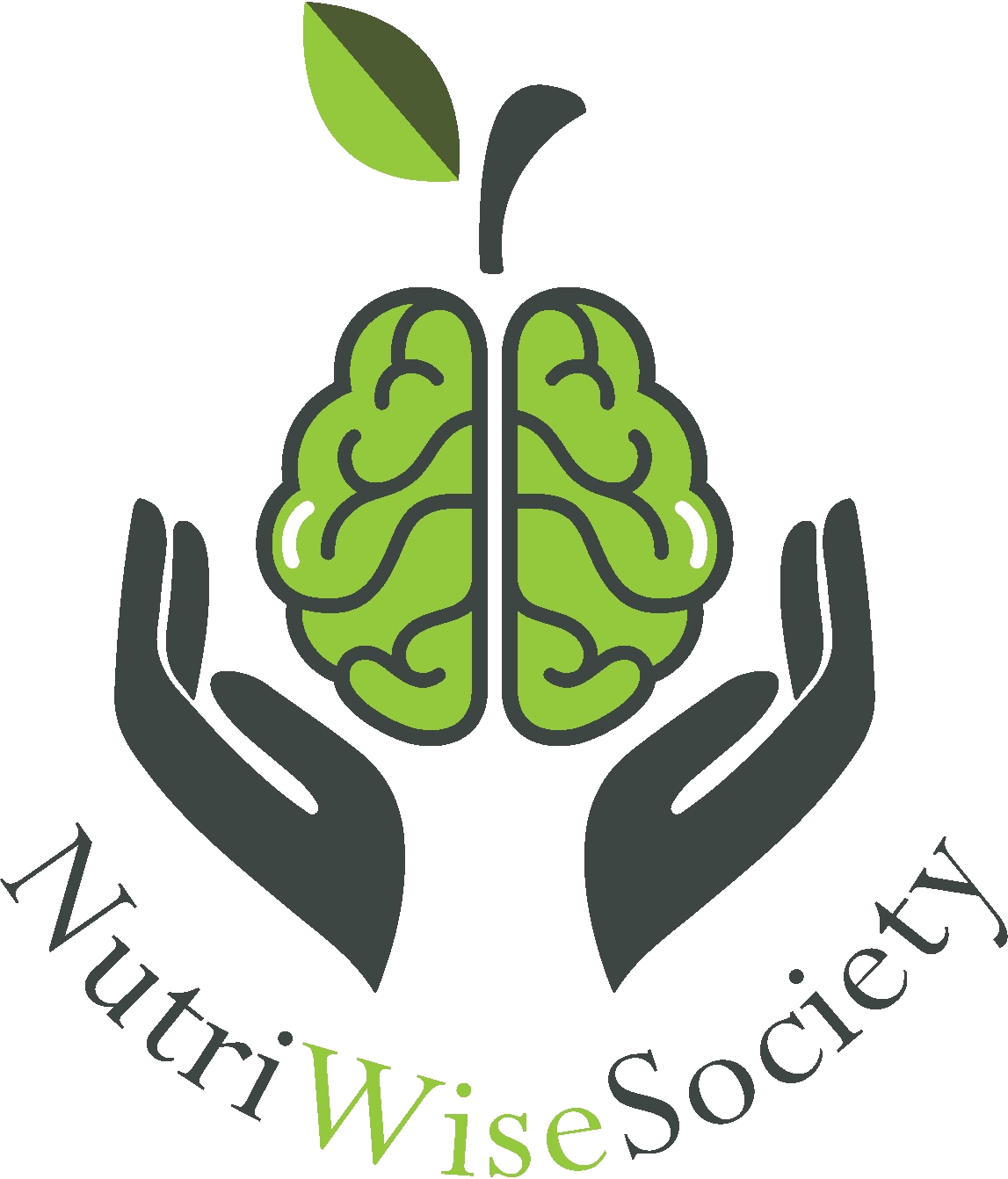Articles

Kidney Stones
What are Kidney Stones?
Kidney stones are solid pieces that form in one or both kidneys when certain minerals in the urine, such as calcium, oxalate, and phosphorus, increase in concentration. They vary in size and shape, from as small as a grain of sand to as large as a pea, and can be smooth or rough, yellow or brown.
Normal Functions of the Kidneys
The body has two kidneys, one on each side, located behind the liver and stomach. Kidneys produce urine, which helps remove liquid waste. They also regulate blood pressure, stimulate the bone marrow to create red blood cells, filter blood, produce hormones, and maintain the balance of fluids and minerals.
Symptoms of Kidney Stones
Generally, kidney stones don’t cause symptoms until they move within the kidney or enter one of the ureters (the tubes connecting the kidneys to the bladder). When a stone blocks urine flow, it can cause the kidney to swell and the ureter to spasm, leading to severe pain. This pain can vary in duration and may be continuous or come in waves. Common symptoms include:
- Sharp pain in the back, side, lower abdomen, or groin
- Pink, red, or brown urine
- Frequent urge to urinate
- Pain during urination
- Difficulty urinating or passing small amounts
- Cloudy or foul-smelling urine
- Nausea and vomiting
- Fever and chills
Types of Kidney Stones
When kidney stone symptoms appear, it’s essential to determine the stone type to select the appropriate treatment based on size, location, and type. Types include:
Calcium Stones: The most common type, including calcium oxalate and calcium phosphate stones. Calcium oxalate stones are the most prevalent.
Uric Acid Stones: Form when urine has high acidity levels. A diet high in fish, shellfish, and meat can increase this acid.
Struvite Stones: Develop after a urinary tract infection (UTI) and may grow rapidly in size.
Does the Type of Kidney Stone Affect Treatment?
Yes, the type of stone affects treatment. Consulting a dietitian can help create a suitable diet to prevent further stone formation by adjusting sodium, calcium, or animal protein intake.
Causes of Kidney Stones
Several factors can increase the risk of kidney stones, which are more common in men. These factors include:
- Drinking insufficient water
- Overexercising or not exercising at all
- Obesity
- Bariatric surgery
- Diets high in salt or sugar
- Family history
- High fructose intake from sugar and corn syrup
- High blood pressure
- High sodium intake
Diagnosing Kidney Stones
A physician diagnoses kidney stones based on medical history, physical exams, lab tests, and imaging. They also check for risk factors, family history, and diet. Diagnostic methods include:
Lab Tests: Identify high levels of minerals in urine or confirm the presence of blood cells or bacteria, indicating a possible UTI.
Imaging: Helps locate the stone and identify any underlying issues, such as urinary tract obstruction.
Treating Kidney Stones
Treatment depends on the stone’s size, location, and type. Small stones may pass on their own with increased fluid intake and pain relief. Larger stones or those causing significant pain or obstruction require medical intervention, such as:
Shock Wave Therapy: Breaks stones into smaller pieces for easier passage.
Endoscopy: Uses a scope inserted through the urethra to locate and remove or break stones.
Percutaneous Nephrolithotomy: Uses a nephroscope through a small incision in the back to locate and remove larger stones, often using a laser to break them down.
Foods That Prevent Kidney Stones
A balanced diet rich in fruits and vegetables, moderate portions, and hydration can reduce kidney stone risk. Recommended foods include:
- Water: Drinking 2-3 liters daily is crucial.
- Lemon: Contains citric acid that prevents stone formation and helps dissolve existing stones.
- Vegetables: High-potassium vegetables like broccoli and kale help reduce calcium loss.
- Whole Grains: Support a healthy weight, reducing stone risk.
- Calcium-Rich Foods: Dietary calcium (e.g., from dairy) helps reduce the risk of stones.
Diet Tips for Kidney Stone Patients
Dietary adjustments vary by stone type:
Calcium Oxalate Stones
- Limit Oxalates: Reduce foods like nuts, spinach, and wheat bran.
- Lower Sodium: Minimize high-sodium foods like canned foods, processed foods, and salty snacks.
- Limit Animal Protein: Avoid excessive intake of eggs, beef, chicken, fish, and dairy.
- Increase Plant Protein: Replace animal protein with plant-based options like beans, lentils, and peas.
- Adequate Calcium Intake: Consult a dietitian for optimal calcium intake from fortified juices, bread, and certain vegetables.
Calcium Phosphate Stones
- Reduce sodium.
- Limit animal protein.
- Increase plant protein under the guidance of a dietitian.
- Adequate calcium intake.
Uric Acid Stones
- Limit animal protein.
- Increase plant-based protein.
Cystine Stones
- Drink plenty of fluids, especially water.
Foods to Avoid or Limit
| Group | High Oxalate Foods | High Purine Foods |
|---|---|---|
| Beverages | Black tea, instant coffee, high-oxalate fruit juices | Liver, kidneys, heart, brain |
| Fruits | Blackberries, blueberries, kiwi, strawberries, tangerines | Crab, sardines, shrimp, scallops, herring, mackerel, white fish |
| Vegetables | Swiss chard, okra, parsley, spinach, sweet potatoes, green beans, beets | - |
| Starches | Wheat bran | - |
| Legumes | Soy products, baked beans | - |
| Nuts & Seeds | Almonds, cashews, pistachios, sesame, sunflower seeds | - |
| Other | Chocolate | Yeast, meat extracts |
References:
- Han, Haewook & Segal, Adam & Seifter, Julian & Dwyer, Johanna. (2015). Nutritional Management of Kidney Stones (Nephrolithiasis). Clinical nutrition research. 4. 137-52. 10.7762/cnr.2015.4.3.137.
- https://www.mayoclinic.org/ar/diseases-conditions/kidney-stones/symptoms-causes/syc-20355755
- https://www.kidney.org/atoz/content/kidneystones#causes
- https://www.lifespan.org/lifespan-living/5-foods-prevent-kidney-stones
- https://www.niddk.nih.gov/health-information/kidney-disease/kidneys-how-they-work
- https://www.niddk.nih.gov/health-information/urologic-diseases/kidney-stones/definition-facts#type
- https://www.niddk.nih.gov/health-information/urologic-diseases/kidney-stones/diagnosis
- https://www.niddk.nih.gov/health-information/urologic-diseases/kidney-stones/treatment
- https://www.niddk.nih.gov/health-information/urologic-diseases/kidney-stones/eating-diet-nutrition
